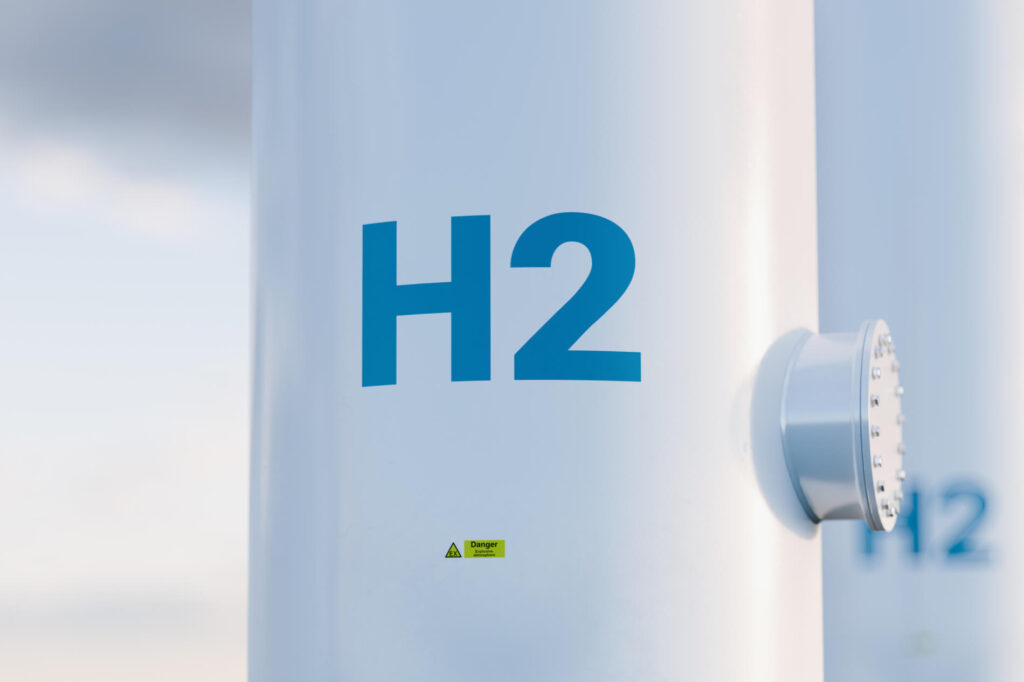As Airbus unveiled three new aircraft studies whose primary fuel source would be hydrogen, one could expect Boeing to follow with a similar concept soon. Are we at the dawn of a technological race to the first hydrogen-powered airliner?
Airbus sets the date
It was actually Boeing that set the ball rolling. Back in 2008, the Theator Airplane, a 2-seat Diamond Aircraft Industries DA20 converted to run on a fuel cell by Boeing Research & Technology Europe, took off for a successful maiden test flight.
Twelve years later, France champions for Airbus to be the first manufacturer to commercialize a hydrogen-powered aircraft. The goal was revealed in June 2020, with an ambitious date set to 2035.
A few months after the deadline was fixed, Airbus presented three “zero-emission” concepts: one conventional turbojet airliner, one regional turboprop, and one disruptive design using a “blended-wing body”.
With Airbus in the starting blocks, it appears likely that Boeing will answer, one way or another. “In order not to lose market share, particularly in the narrow-body segment, Boeing must now develop its own low emission offerings,” commented Harry Boneham, Aerospace and Defense Associate Analyst at GlobalData. “Ultimately, these developments are positive for the industry, pushing it in a direction which is sustainable and aligns with shifting passenger demand.”
But upscaling the current technology to an airliner is impossible. Hydrogen fuel cells do not have the sufficient energy density necessary to completely power a commercial aircraft on its own.
Stocking the liquid hydrogen to fuel a gas-turbine engine is another massive challenge. It requires highly secured tanks and the feasibility of cryogenic storage at a temperature of -257 °C is still doubtful.
Among manufacturers, opinions are mixed
Reacting to the announcement of an injection of €7 billion into the hydrogen power sector by the French government in June 2020, Eric Trappier, CEO of Dassault Aviation and President of the French Aerospace Industries Association (GIFAS), said the deadline of 2035 was “ambitious but doable.” Guillaume Faury was even more enthusiastic. “We are absolutely convinced that it is feasible”, Airbus CEO said at the time.
At the French aerospace manufacturer Safran, the tone is much more moderate. “It’s a very ambitious goal […] today, we don’t have all the technologies available to definitely say we will get there,” Philippe Petitcolin, CEO of the Safran group told Franceinfo. “To have a product that goes into service in 2035, we have to start working on the project in 2025-2027, it’s tomorrow, and it’s far too short.”
It does not mean that Safran neglects the solutions offered by hydrogen, however. Through its subsidiary Safran Power Units, the manufacturer has been working on using hydrogen fuel cells for non-propulsive energy, dedicated to onboard entertainment, catering, and usually supplied by the Auxiliary Power Unit (APU).
This more pragmatic approach could eventually lead to power cells being used for more critical applications, such as the emergency power system if an engine was to fail, or even starting up a hybrid engine before flight. Both Boeing and Airbus have developed demonstrators for a fuel cell APU (on a Boeing 737 and an A320 respectively) in the 2000s.
Not what the market needs?
Additionally to the technological breakthrough required, another critical factor could get in the way of a hydrogen-powered aircraft ‒ money. Because of the coronavirus COVID-19 health crisis and its devastating effect on the air industry, R&D departments of most manufacturers have been subject to cuts in funding and workforce.
Moreover, researches will likely refocus on short-term cost-cutting solutions for airlines than on long-term groundbreaking ambitions. The effect of that rationalization can already be seen. In April 2020, the E-Fan X project, a four-seat aircraft powered by electricity that had been studied by Airbus and the British engine maker Rolls-Royce, was canceled.
In September 2020, it was the turn of Boeing’s urban air mobility division, NeXt, to halt operations. Steve Nordlund, who was leading the program, accurately summarized the current situation in a letter to his employees: “Organizations like these only have the privilege to exist when you have a healthy core business.” And with the crisis expected to last for another four years, it seems uncanny that the R&D budgets will pick up in time to meet the 2035 deadline.

